Trends
For data-driven stories, to appear under “Trends” menu
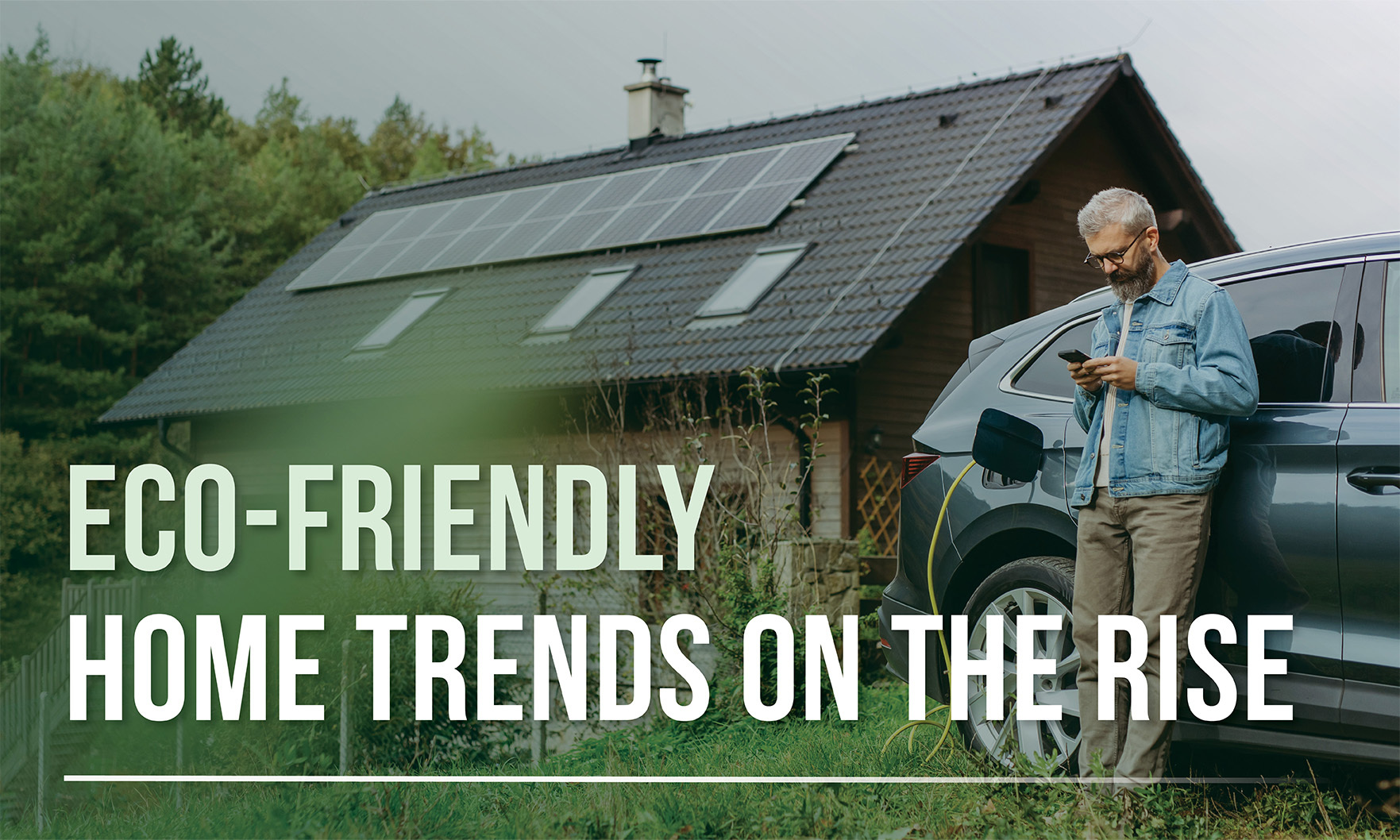
At the top of the list? WaterSense fixtures — the plumbing solution, which claims to reduce water use by more than 20%, increased in popularity by 289.6%.

At the same time, the average age of the first-time buyer hit an all-time high of 40, according to the 2025 Profile of Home Buyers and Sellers.

Nationwide, the median price for a single-family home increased 1.7% year over year to $426,800. Prices increased by the same annual rate during the second quarter.

The city boasts some of the lowest travel costs in the country with relatively low hassle involved — plus ranked No. 1 for warm winter weather.
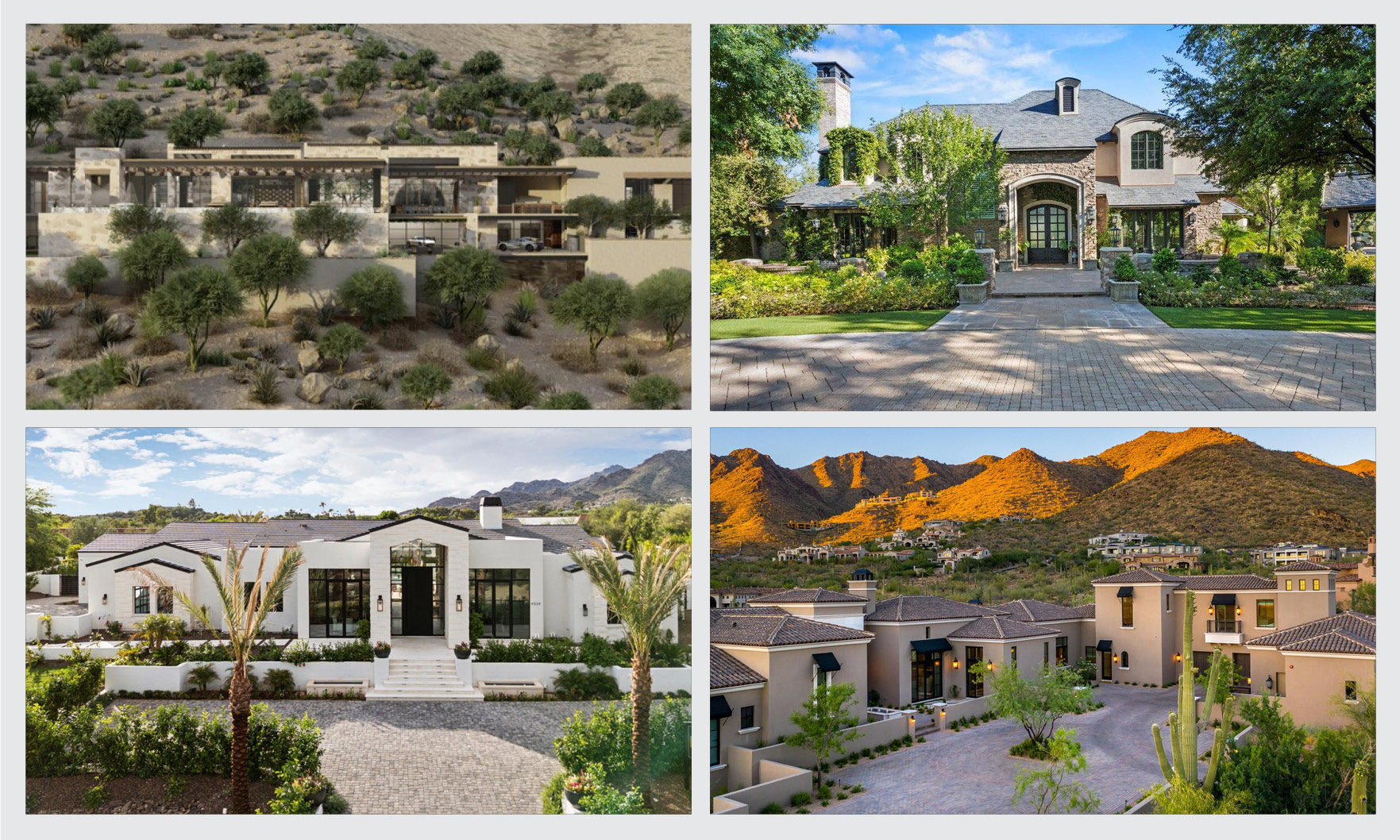
A $48 million Silverleaf estate tops this month’s list of the 10 most expensive new listings in Arizona.

Given the rate of sales, the nation had a 4.6-month housing supply, up from 4.2 months a year prior.
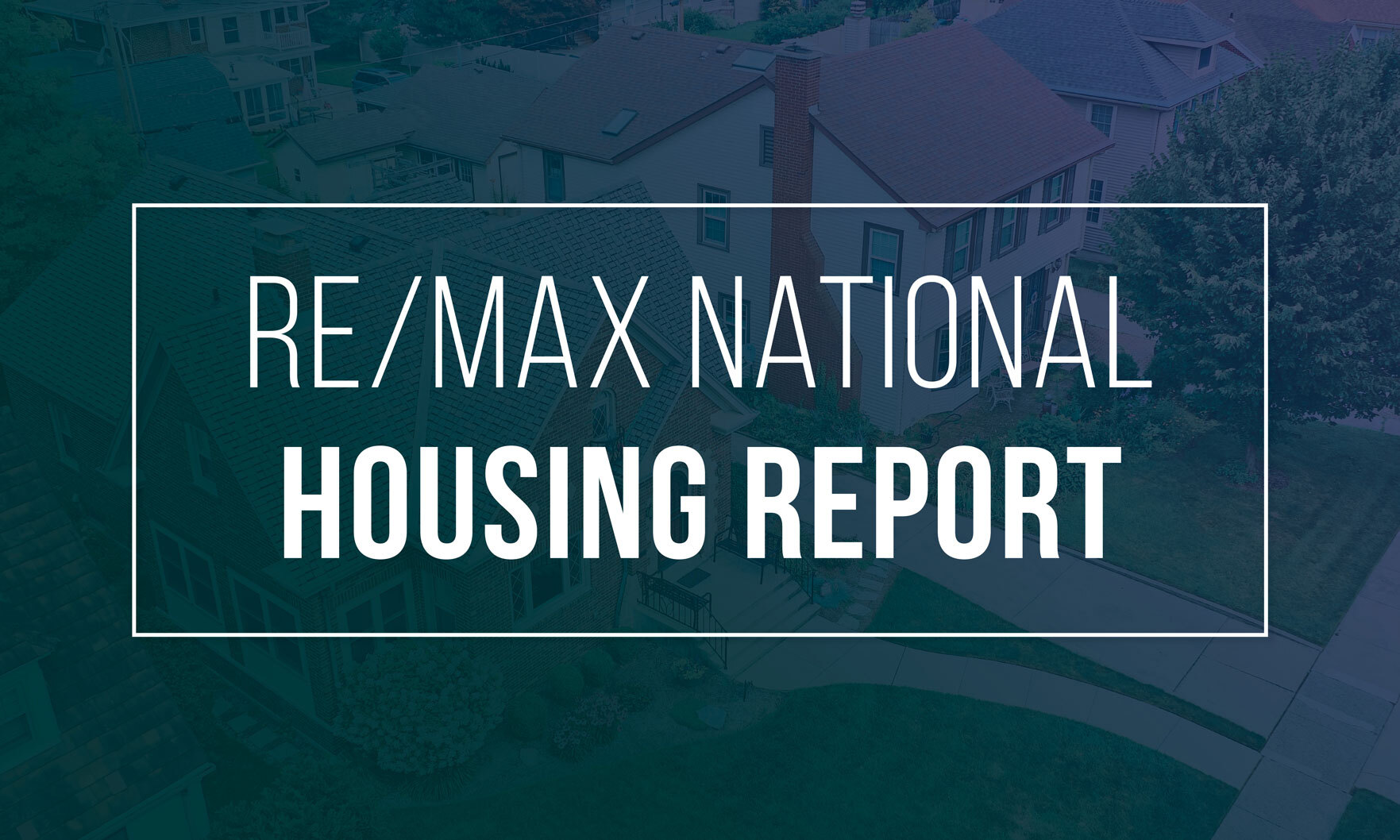
Nationally, home sales in the 52 metro areas surveyed by RE/MAX increased 8.5% year over year for the fourth time in 2025, but declined 4.6% month over month.

Tapping into Realtor intel, Zillow analyzed its listing database for keywords that are increasing most in popularity heading into the new year.

Agent Publishing Founder and Publisher Anne Hartnett discusses Brokerage Culture with Realogics Sotheby’s International Realty’s Val Burmester, Rachel Schindler and Dean Jones.
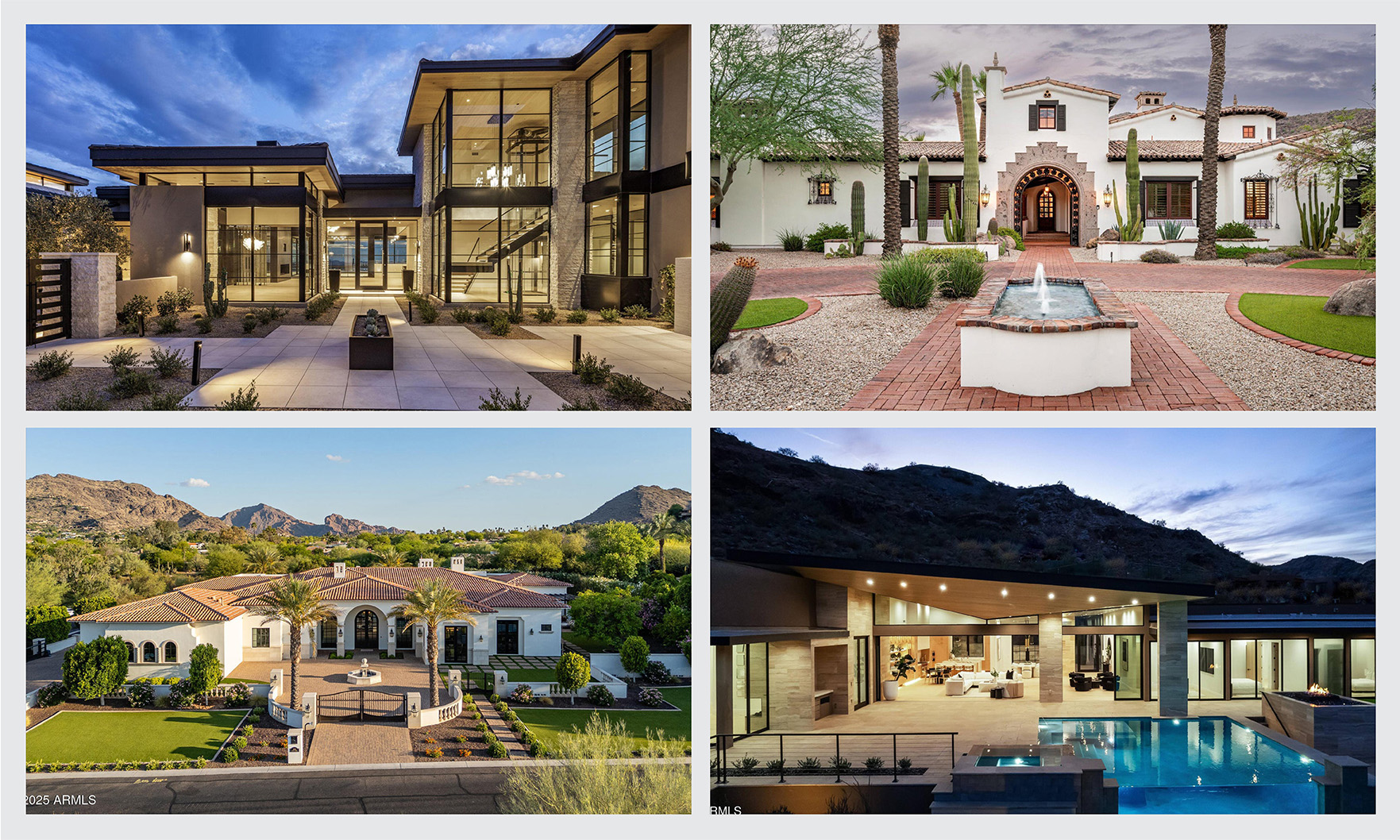
Two of the most expensive homes sold in Arizona last month were bought with the help of Compass agent Carol Adams.

The pace of home sales, meanwhile, remained at “multi-decade lows” even as affordability reached its most favorable level since 2022.

The pace of home-price appreciation declined to its weakest pace in 10 years, according to the S&P Cotality Case-Shiller U.S. National Home Price Index.
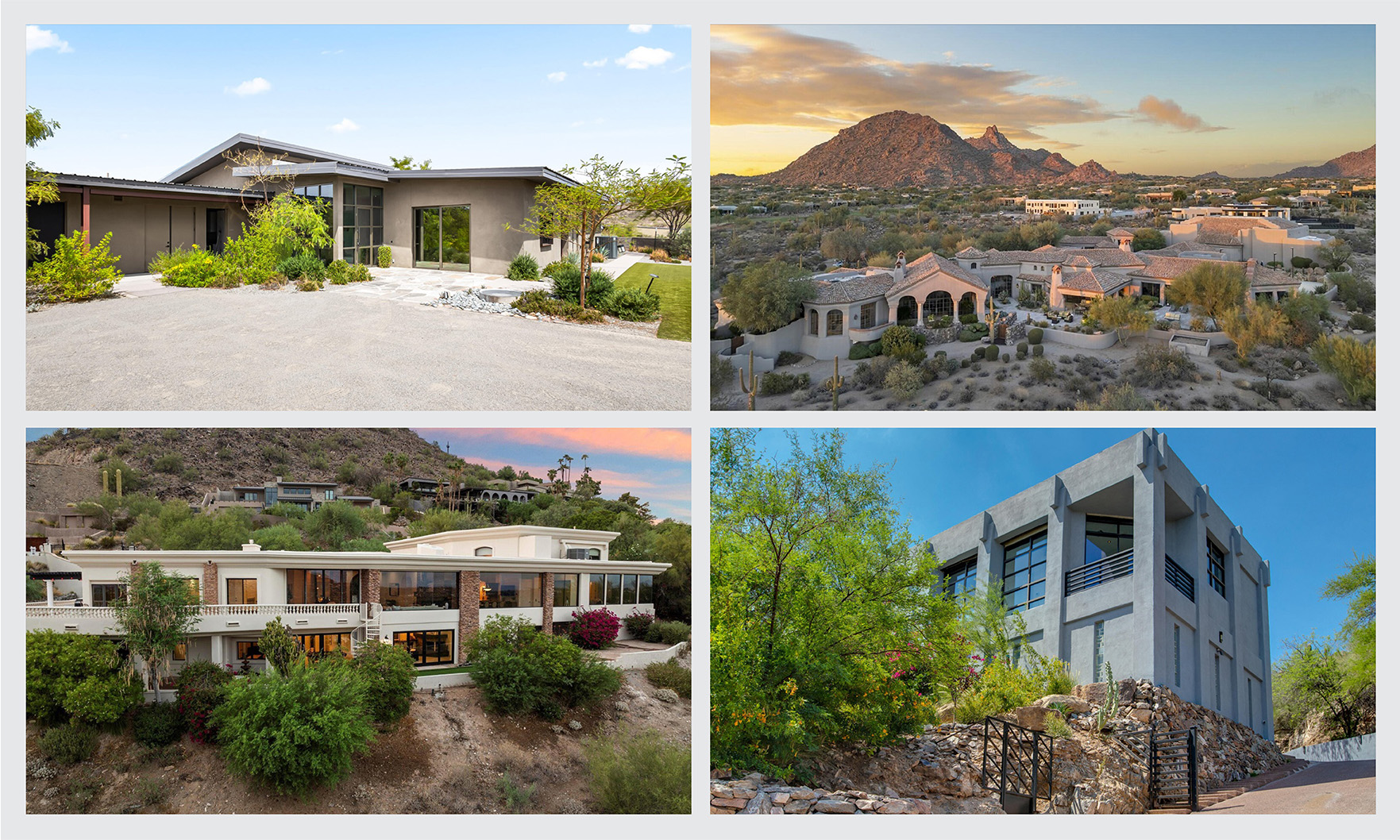
Two of the most expensive new listings in Arizona were listed by Katrina Barrett, an agent with Walt Danley Local Luxury Christie’s International Real Estate.

Searches for “fixer-upper” on Realtor.com in July 2025 have more than tripled in volume compared to four years ago.
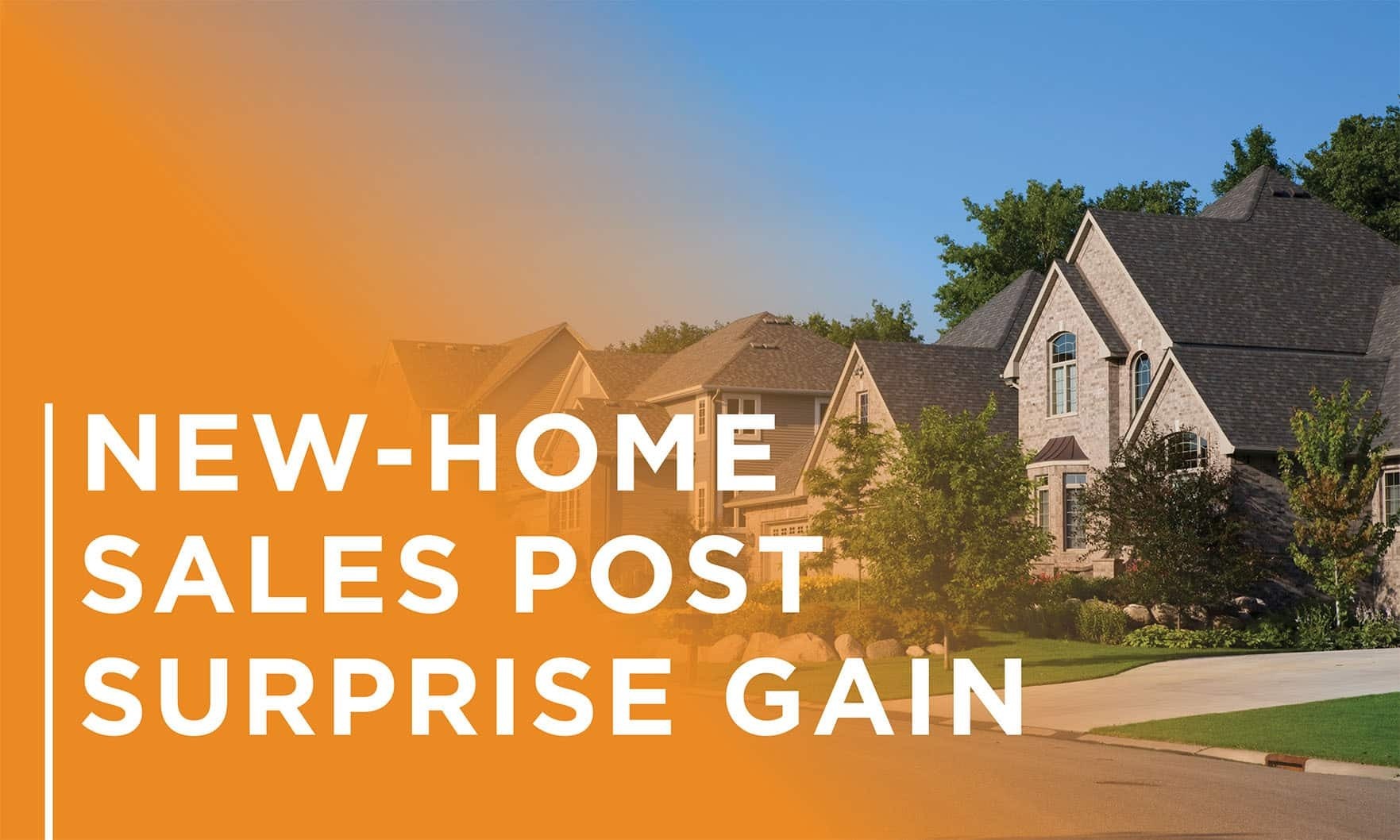
The pace of new-home sales hit an annual rate of 800,000, its highest level since January 2022.
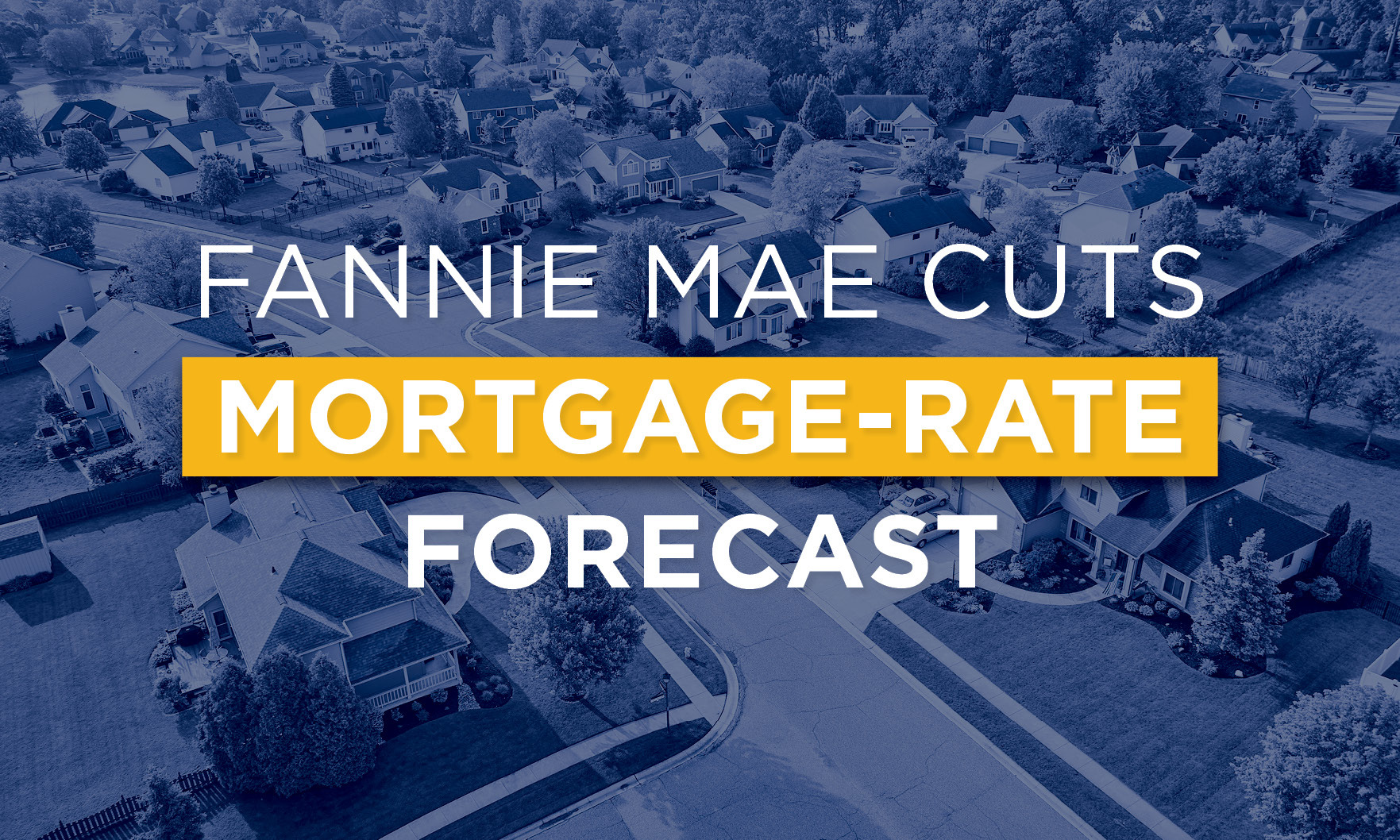
Fannie Mae also reduced its forecasts for home sales in 2025 and 2026.
